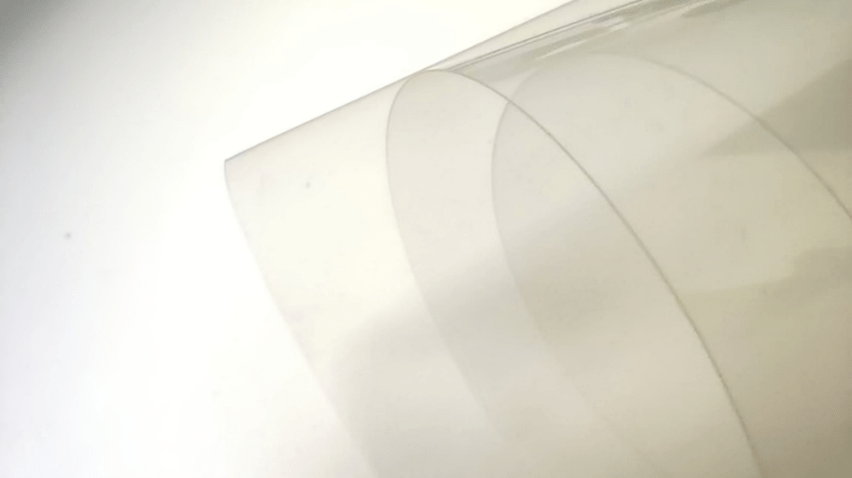The primary function of the membrane in a redox flow battery is to transport ions between the negative and positive battery sides and prevent the passage of redox-active materials (vanadium ions in the case of vanadium redox flow batteries). Furthermore, it must prevent the excessive transfer of solvent (water). Many commercially available membranes and separators have not been specifically designed for this application and exhibit specific functional deficiencies. Currently, several types of the membrane and separators are used in the redox flow batteries:
- Ion-exchange membranes
- Cation-exchange membranes (CEM). The CEMs represent low ionic resistance in acidic solutions due to the initially high mobility of protons in them. However, the application of the CEMs in vanadium redox flow batteries leads to a relatively high crossover of the positively charged vanadium ions through the membrane. Nevertheless, CEMs maintain high chemical stability and conductivity.
- Anion exchange membrane (AEM). Anion exchange membrane exhibits lower conductivity and reduced crossover, addressing some of the challenges posed by the cation-exchange membrane.
- Separators. Separators are typically constructed from non-ionic polymers, such as poly(ethersulfone). Often these materials cannot establish an effective physical barrier for ions, potentially resulting in high crossover. However, separators generally exhibit lower resistance when compared to ion-exchange membranes. Resistance can be further reduced by decreasing the thickness of the material. The primary advantage of separators lies in their cost-effectiveness, possibly priced at less than $50 per square meter.
- Polybenzimidazole-based membranes (PBI). These materials belong to a class characterized by high chemical and oxidation stability. In an acidic environment, the PBI undergoes protonation, obtaining anion-exchange properties. However, these materials typically exhibit relatively low conductivity.
- Bilayer and asymmetric membranes. Membrane/separator architecture can be adjusted by combining different types of materials. This combination allows for adjusting the crossover rate by manipulating both the types of materials used and their respective thicknesses. This tunability helps in mitigating capacity fade, resulting in improved overall battery performance.
In INO-HUB Energy we are performing a literature analysis and planning ongoing research and development on the membranes and separators for the redox flow batteries. The research activities should be aimed at:
- reducing ionic resistance of the membranes/separators,
- enhancing barrier properties,
- optimizing electrolyte (water) transport
- ensuring the chemical stability of materials for lifetimes exceeding 10 years.
ACKNOWLEDGEMENT:
This work was supported by the project: IPCEI_IE_FLOW_BESS_012021


